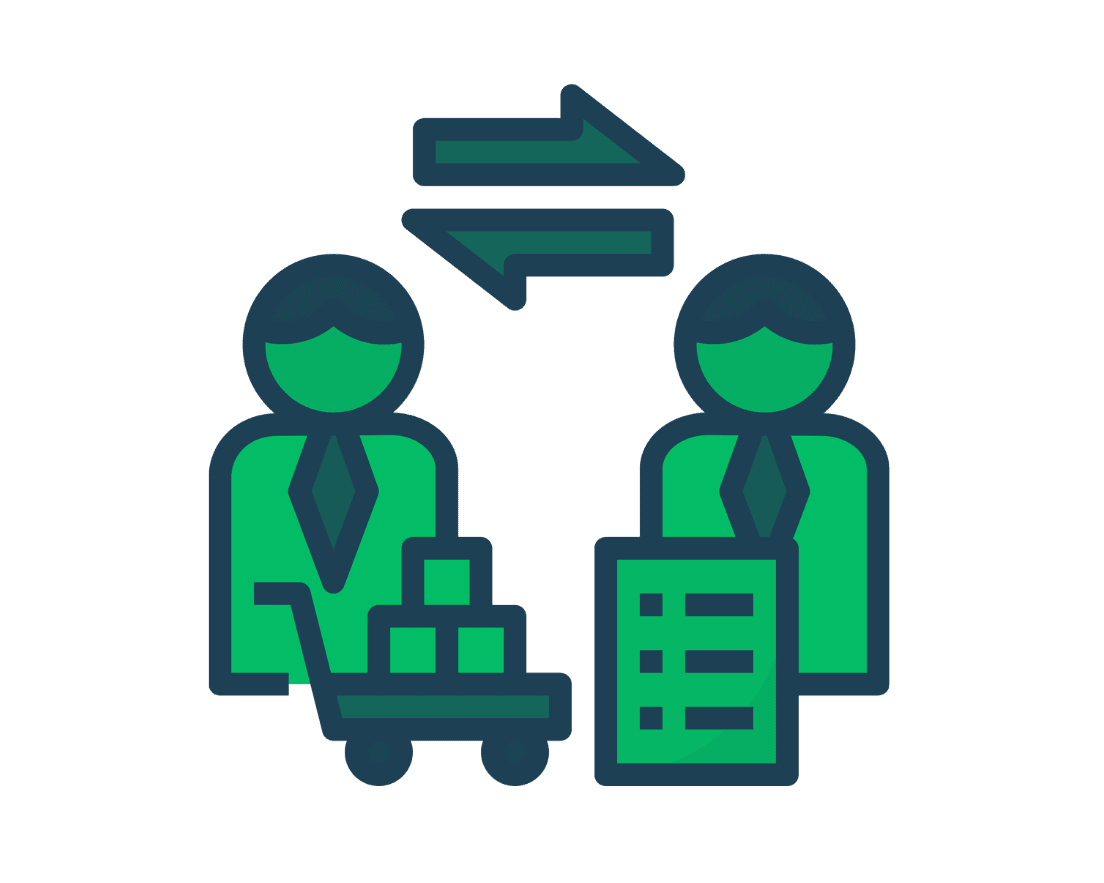Procurement 101 is a pivotal function within any organization, encompassing a wide range of activities aimed at acquiring goods and services essential for business operations. Understanding the nuances of procurement 101 types, processes, and the enabling role of technology is crucial for anyone looking to master the field. This comprehensive overview serves as an introductory guide to the world of procurement.
Understanding Procurement 101 and Its Types
Procurement 101 refers to the process of obtaining goods or services, typically for business purposes. It involves activities like sourcing, negotiating, and strategic planning to ensure the acquisition of quality resources at optimal costs. Procurement Buyer can be categorized into several types, each serving different business needs:
Direct Procurement: Involves purchasing raw materials and goods for production. It directly impacts the manufacturing process and product availability, making it a critical component of the supply chain.
Indirect Procurement: Deals with the acquisition of goods and services that support business operations, such as office supplies, IT services, and maintenance.
Services Procurement: Specific to acquiring professional services, consultancy, or labor, often managed through contracts and service level agreements.
Public Procurement: Conducted by government entities to procure goods and services for public projects or operational needs, often governed by strict regulations and transparency requirements.
Key Procurement 101 Processes
The procurement process is a structured approach to acquiring the goods and services a business needs to function effectively. The main stages include:

Need Identification
Determining the specific goods or services required to meet the business’s operational demands.
Supplier Research and Selection
Identifying potential suppliers, evaluating their capabilities, and selecting the one that best meets the procurement 101 criteria.
Contract Negotiation
Negotiating terms, prices, and delivery details to finalize a contract that offers value to the organization.
Purchase and Order Management
Officially ordering the required goods or services and managing the order until successful delivery and acceptance.
Performance Review and Supplier Management
Assessing supplier performance, ensuring compliance with contract terms, and managing ongoing relationships for continuous improvement.
The Impact of Technology on Procurement
Technology has significantly transformed procurement processes, making them more efficient, transparent, and strategic. Key technological advancements impacting procurement include:
E-Procurement Systems: Automate procurement tasks, streamline workflow, and provide real-time data analysis, enhancing decision-making and operational efficiency.
Supply Chain Management Software: Offers tools for managing and optimizing the supply chain, from sourcing to delivery, improving visibility and control.
Spend Analytics Tools: Analyze procurement data to identify spending trends, evaluate supplier performance, and uncover cost-saving opportunities.
Contract Management Platforms: Streamline contract creation, execution, and monitoring, ensuring compliance and facilitating management of contractual obligations.
Best Practices for Effective Procurement
Strategic Planning: Align procurement activities with business goals and market conditions, ensuring that procurement strategies support overall objectives.
Supplier Relationship Management: Build strong, collaborative relationships with key suppliers to ensure reliable performance and access to innovation.
Continuous Improvement: Regularly assess and refine procurement processes, incorporating feedback, market changes, and technological advancements to improve efficiency and effectiveness.
Risk Management: Proactively identify and mitigate potential risks in the procurement process and supply chain to ensure business continuity and protect against market volatility.
Conclusion
Procurement is a complex but essential business function that requires a strategic approach to manage effectively. Understanding the different types of procurement, mastering the procurement process, and leveraging technology are crucial steps toward achieving procurement excellence. As businesses continue to evolve, the role of procurement will increasingly become more strategic, emphasizing the need for skilled practitioners who can navigate this challenging but rewarding field.


